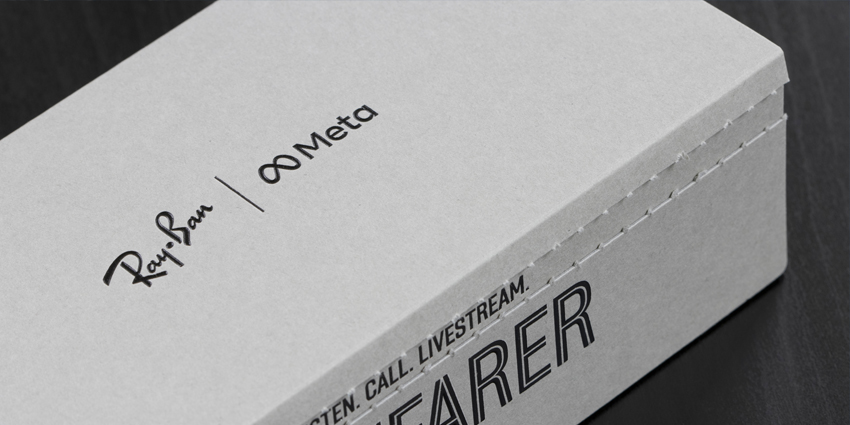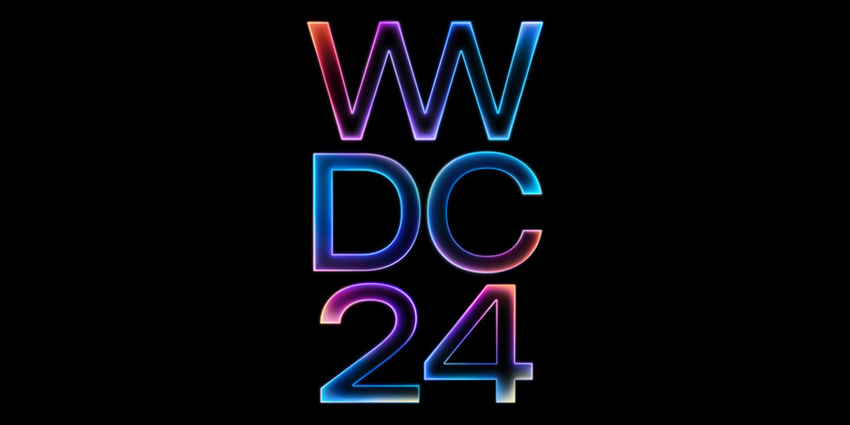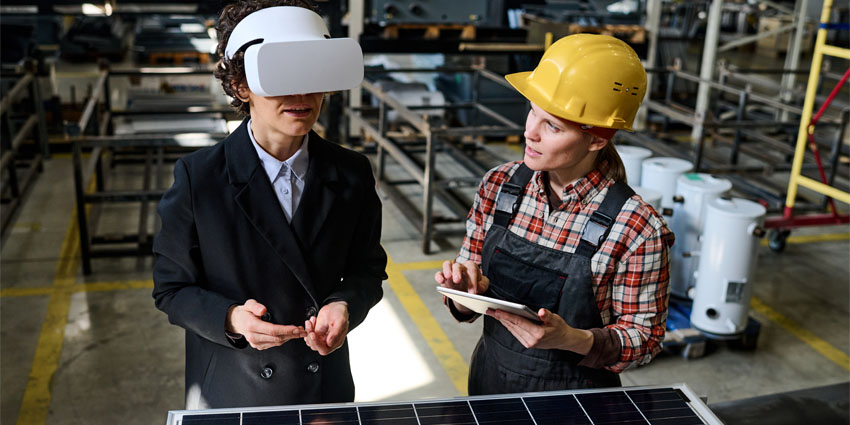Last week, Immersed announced its Visor XR headset portfolio for productivity. The firm is debuting a device with spatial computing features similar to the Apple Vision Pro. Moreover, Immersed is debuting its Visor product at a lower price than the Vision Pro, perhaps creating a wild card in XR competition alongside significant players such as Meta, Microsoft, HTC, Lenovo, Xreal, and Varjo.
Immersed is launching its new product at a starting price of $499, far lower than competing device prices. Additionally, the device will ship in 2024, as Apple launches the Vision Pro and Microsoft reveals more on its Industrial Mertaverse roadmap. With Visor XR also aiming to optimize user productivity, Immersed could help lead XR productivity use cases and the future of work.
XR Headsets to Replace External Monitors?
With current productivity-focused AR/MR headsets, XR vendors are leveraging an emerging use case which argues that XR headsets can provide an alternative to external monitors. Vendors note how AR/MR devices can expand a desktop or laptop’s workspace by creating virtual screens to work on.
Virtual screens vary in size depending on the device. However, each vendor notes how a headset operator can expand virtual monitors to a massive scale, allowing for working in tight spaces or on the go.
However, will virtual monitors overtake external monitors? This factor could depend on various elements, notably if enterprise decision-makers would rather spend capital on emerging XR technology or trusted computing solutions.
A significant factor is price, and the Visor product looks to create an affordable answer to the virtual monitor use case.
Visor XR Headset: Specs and Highlights
The Visor XR product looks to introduce XR productivity tools to a broader audience. However, similar attempts, such as Meta Workrooms and Pro headset, invited individuals to leverage XR to boost workplace communications and operations, with little success.
Visor leverages AR and MR instead of leveraging on fully immersive or Metaverse environments. The XR industry for productivity and enterprise industry appears to be taking a step back and focusing on the usability of immersive software.
With Apple’s Vision Pro spatial computing promise, the firm showcased how headset operators can interact with productivity tools in a 3D space that exists parallel with a user’s real-world surroundings.
Usability will drive XR device adoption for consumers and enterprises. XR devices must be easy to understand and operate to ensure success and MR environments being pushed by Meta, Apple, Microsoft, and now Immersed.
Visor pre-orders are now LIVE, starting at $499!
2.5K & 4K per eye configurations powered by @Qualcomm‘s XR2 chipset & @intel‘s oneAPI. Secure yours today at https://t.co/9moMgBuqVe! pic.twitter.com/k2iiRy3exQ— Visor (@WorkVisor) September 19, 2023
To ensure a secure immersive productivity environment, the XR Visor includes features including but not limited to:
- Powerful outward-facing cameras to secure HD colour passthrough
- 2.5K or 4K micro OLED per eye (depending on the model.
- Hand & eye tracking support
- 6 degrees of freedom
- 100° Field of view
- Ultra widescreen support
- Modular mount for custom IPD, a nose insert, and a light-blocker
Moreover, the Visor supports more than five virtual screens, and the product is “25 percent” lighter than a smartphone.
The device comes in three different models. The 2.5k model costs $499.99, 4K for $749.99, and the 4K “Founders Edition” costs $999.99 while also coming with a lifetime subscription to Immersed’s premium tier and invitations to early access Visor demos at Immersed HQ. Additionally, the Founders Edition also ships six months before the standard Visor 4K product.
Made for Work, not Entertainment
XR for entertainment is a varied shark tank of vendors and products. Meanwhile, many XR vendors are instead focusing on enterprise and workplace solutions.
Immersed is squarely focused on the future of work with its Visor product, not entertainment. On its FAQ page, Immersed “specifically optimized” the Visor product for workplace usage. Immersed also notes how it is working to provide a solution for professionals – a “complementary market segment”, according to the firm.
Moreover, the firm notes that the device does not have an app store page for developers, keeping the device’s use cases focused and optimized.
The hardware itself is also optimized for work usage. The firm notes how the Visor’s lightweight design means the device is comfortable and non-disruptive while leveraged in an office or remote working environment such as a coffee shop.
Vision Pro and Spatial Computing: A Background
Spatial computing is coming forward with full force. According to a recent report, some technology powering spatial computing could be worth $4.4 billion by 2032. Prophecy Market Insights notes how the “Photogrammetry Software Market” acquired approximately $1.2 billion in 2022, leading towards its multi-billion dollar forecast as well as a CAGR of 13.9 percent prediction.
The Prophecy Market Insights reported that the market’s growth is partly due to the rising use of photogrammetry and geospatial services across enterprise end-users, such as civil services, entertainment, engineering, and real estate.
Apple started the spatial computing phase following its Vision Pro showcase event, whereby the firm did not associate its product with many pre-existing technology expectations like “virtual reality” and “the Metaverse.” Instead, Apple is looking to reinvite XR via the spatial computing methodology, which aligns very closely with pre-existing XR concepts; the firm is just putting its own marketing spin on it, perhaps to differentiate itself from some poor reactions to Horizon Worlds.
The Vision Pro’s goal is to replace laptop screens with 3D spatial computing. Headset operators can interact with applications using hand-tracking in a 360 environment where the hardware overlays AR content on a real-world location.
With integrated Apple workplace applications, Apple advertised its Vision Pro device as a productivity tool. While the device will support AR/VR/MR gaming and Metaverse content, Apple is keen to debut its MR device more closely to a laptop than a gaming console.
Meanwhile, Meta is debuting its Quest 3 device – separate from its underperforming Pro product – which looks to bring MR to wider audiences but is focused on gaming. Mark Zuckerberg, Meta CEO, will deliver a keynote on the device during Connect 2023 later this week.







